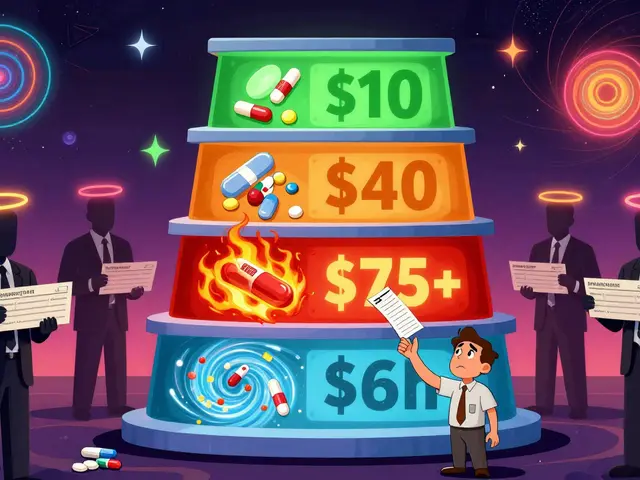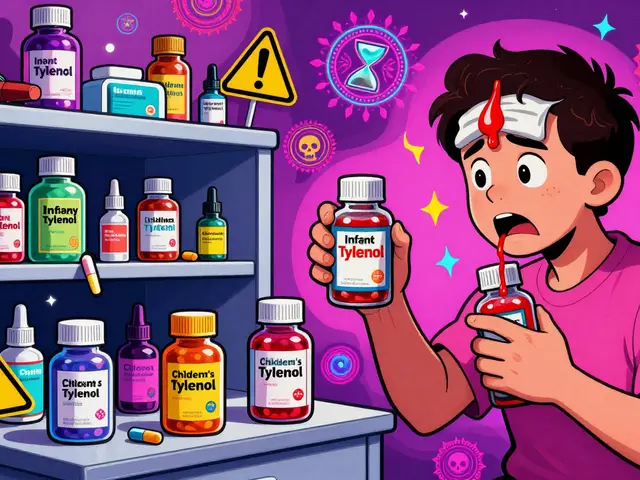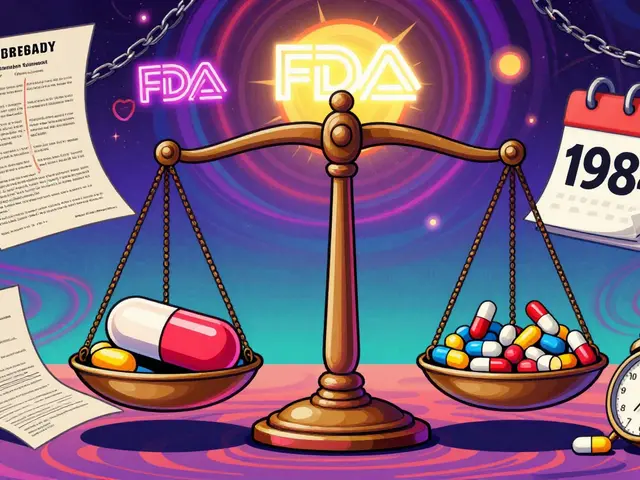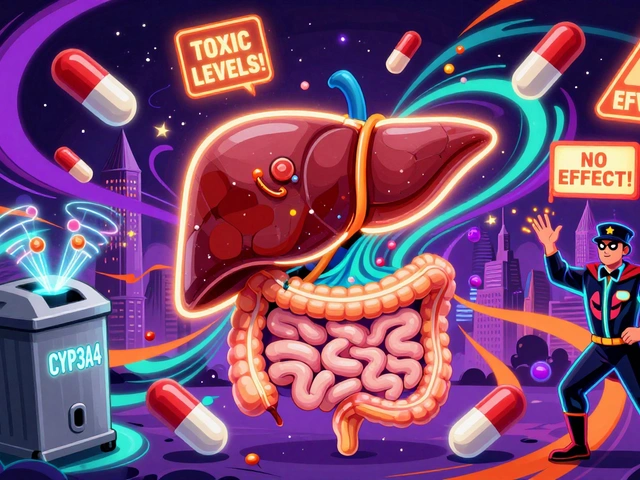Pain Relief: Smart, Safe Options That Work
Pain gets in the way of living. You want relief that actually helps and doesn’t cause new problems. This short guide gives real, practical steps you can try today — from simple home fixes to when to ask for prescriptions or specialist help.
Everyday options that help fast
Start with the basics: rest, ice for new injuries (first 48 hours), and heat for stiff muscles. Move gently — too much rest can make some pains worse. Over-the-counter meds also work well: acetaminophen for general pain, ibuprofen or naproxen for inflammation. Follow dosing on the label and don’t mix NSAIDs with blood thinners unless your doctor says it’s OK.
Topical treatments can ease localized pain with fewer side effects. Lidocaine patches, diclofenac gel, or menthol creams are worth trying for joints or sore muscles. Physical therapy and simple home stretches target the root cause instead of masking symptoms. Even short walks and posture checks can change things in a week.
When over-the-counter isn’t enough
If pain lasts more than a few weeks, is severe, or limits daily life, see your doctor. They’ll check for red flags like fever, sudden weakness, numbness, or loss of bladder/bowel control — those need urgent care. For persistent pain, treatments include prescription non-opioid drugs (certain antidepressants or anticonvulsants for nerve pain), muscle relaxants, or targeted injections.
Opioids can be useful for short-term severe pain, but they carry risk: tolerance, dependence, and side effects. Ask about safer alternatives first. Our site covers options like hydromorphone alternatives and other non-opioid choices that often work as well for many people. For nerve pain, articles on gabapentin alternatives and Neurontin alternatives explain what’s been effective in practice.
Don’t forget non-drug paths: physical therapy, guided exercise, weight loss if needed, cognitive behavioral therapy for chronic pain, acupuncture, and TENS units. Combining approaches usually gives the best, longest-lasting results. Sleep and stress matter too — poor sleep amplifies pain and slows recovery.
Safety tips: never mix alcohol with pain meds, keep acetaminophen below 3,000–4,000 mg per day unless your doctor says otherwise, and check interactions if you take blood pressure or heart meds. If you’re considering buying medication online, use reputable pharmacies and a valid prescription; our guides cover safe online buying practices and what to avoid.
Want a practical next step? Try a 7-day plan: gentle daily movement, one topical treatment, and one appropriate OTC med on bad days. Keep a simple pain diary — time, trigger, relief used — then review with your clinician. Small, consistent changes often make the biggest difference.
Etodolac for Gout Relief: Can It Help Reduce Flare-Ups?
Gout is a painful condition caused by the accumulation of uric acid crystals in the joints. Etodolac, a nonsteroidal anti-inflammatory drug, has been considered for gout management. This article explores whether Etodolac can help reduce gout flare-ups, the side effects to watch out for, and tips on how to manage gout more effectively.





